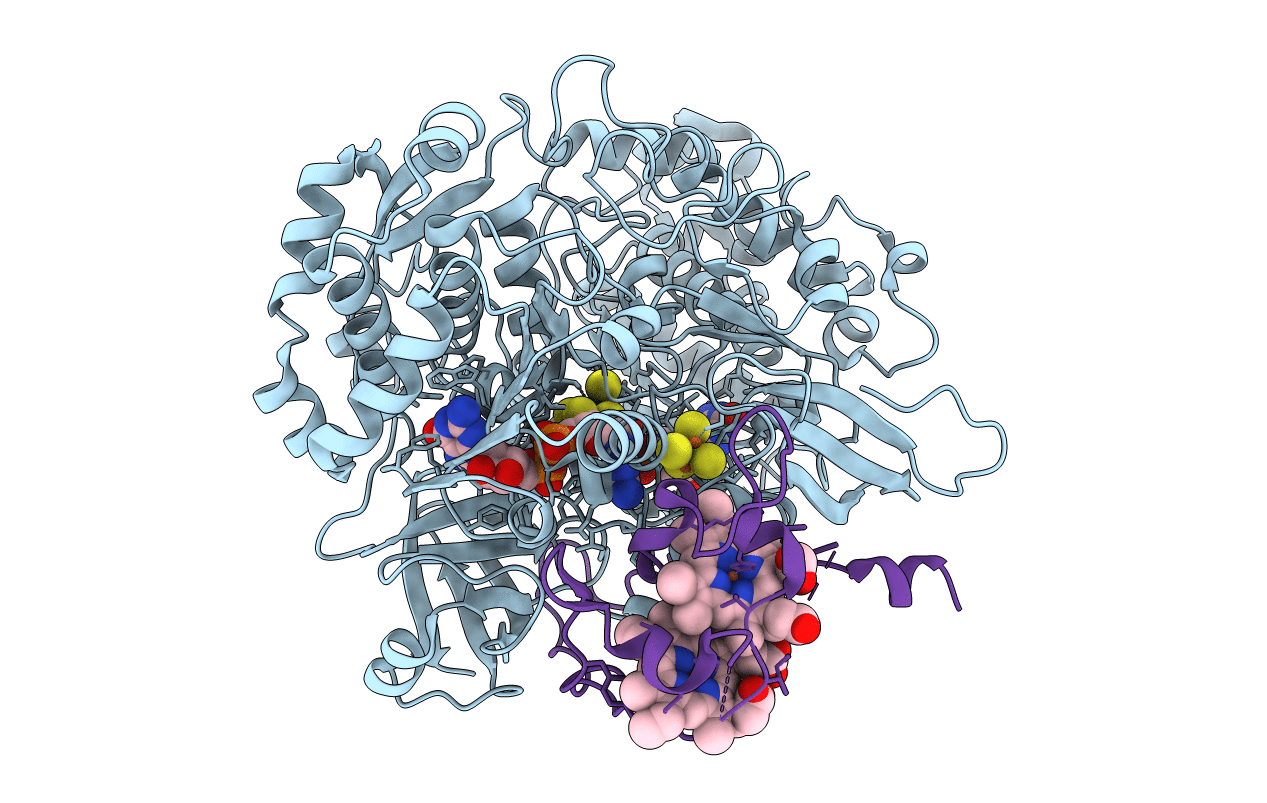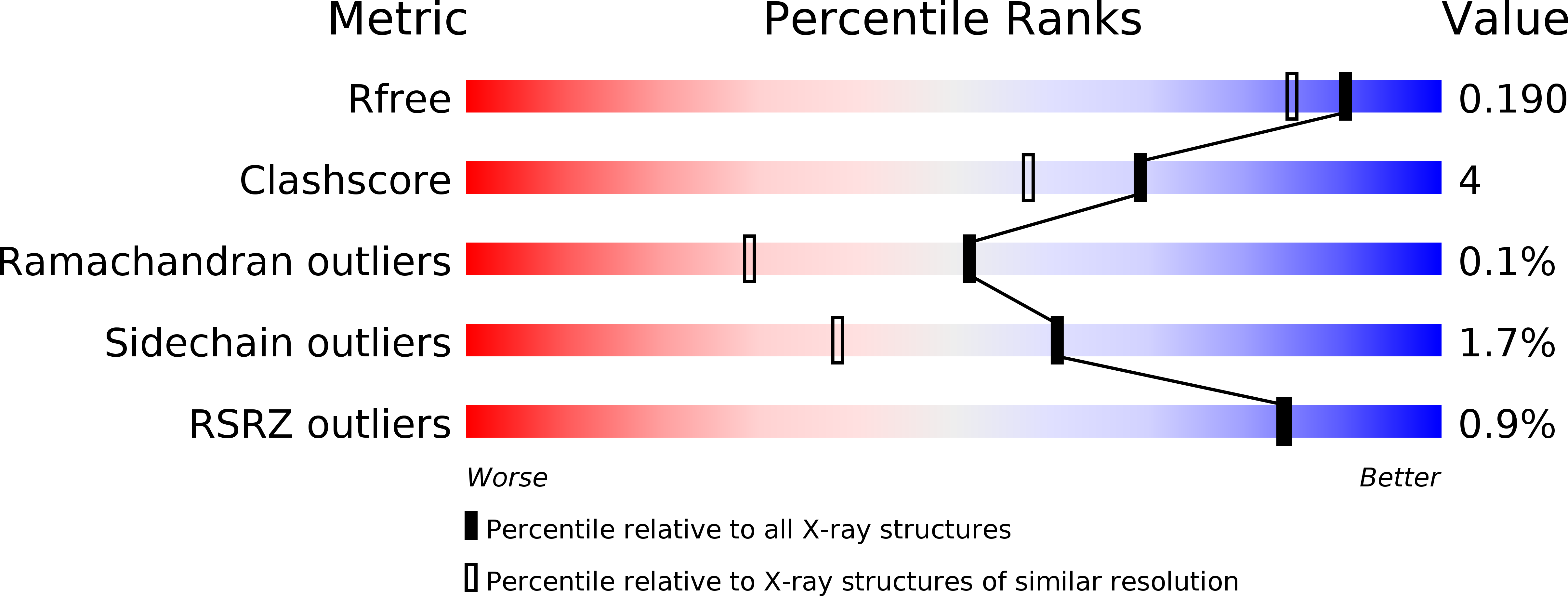
Deposition Date
2010-04-16
Release Date
2011-04-06
Last Version Date
2024-10-09
Entry Detail
PDB ID:
3ML1
Keywords:
Title:
Crystal Structure of the Periplasmic Nitrate Reductase from Cupriavidus necator
Biological Source:
Source Organism:
Ralstonia eutropha (Taxon ID: 381666)
Host Organism:
Method Details:
Experimental Method:
Resolution:
1.60 Å
R-Value Free:
0.19
R-Value Work:
0.15
R-Value Observed:
0.15
Space Group:
C 1 2 1


